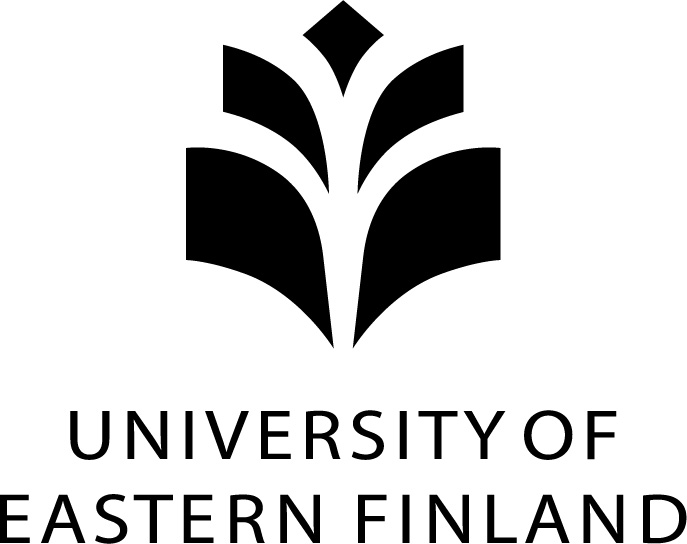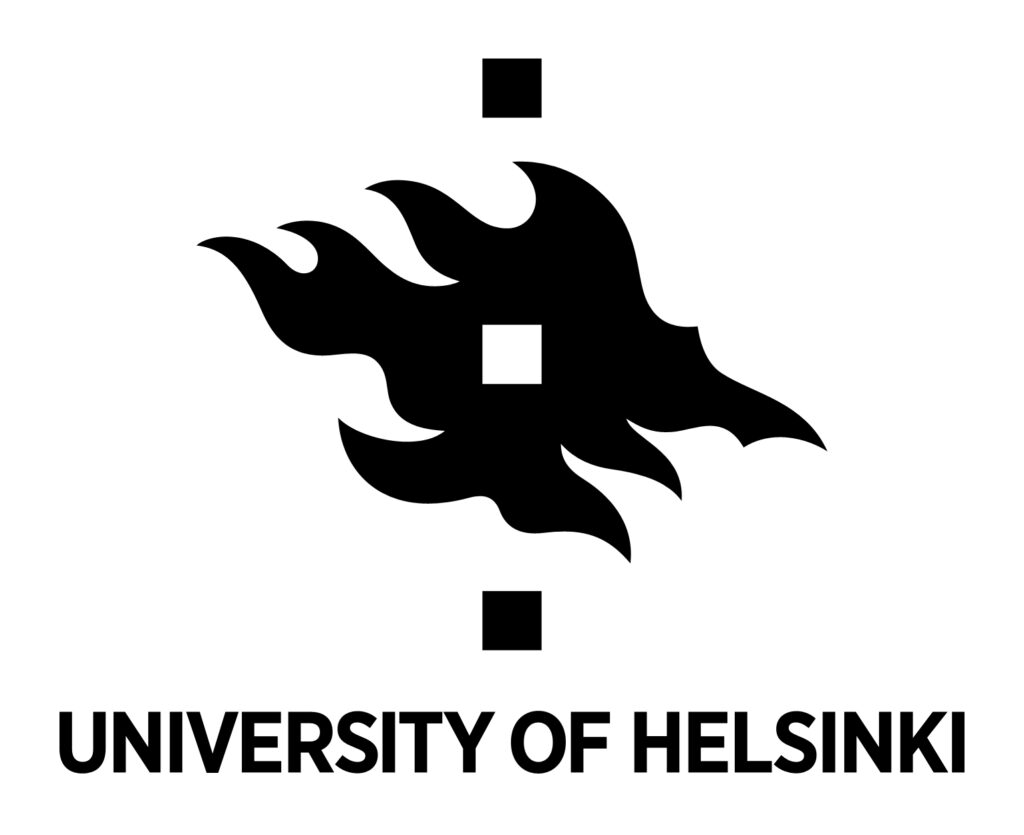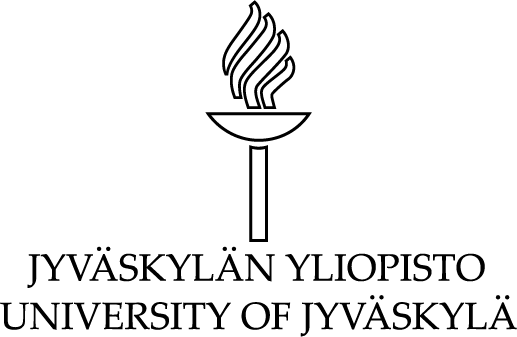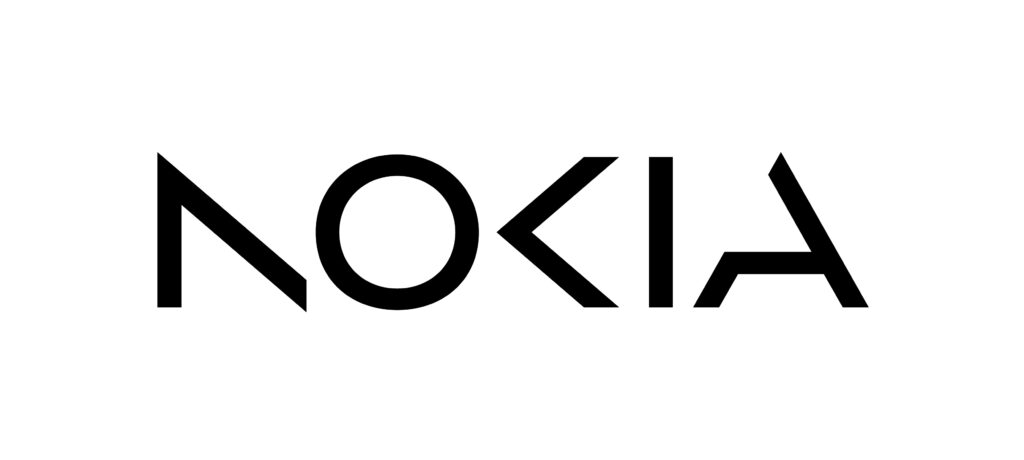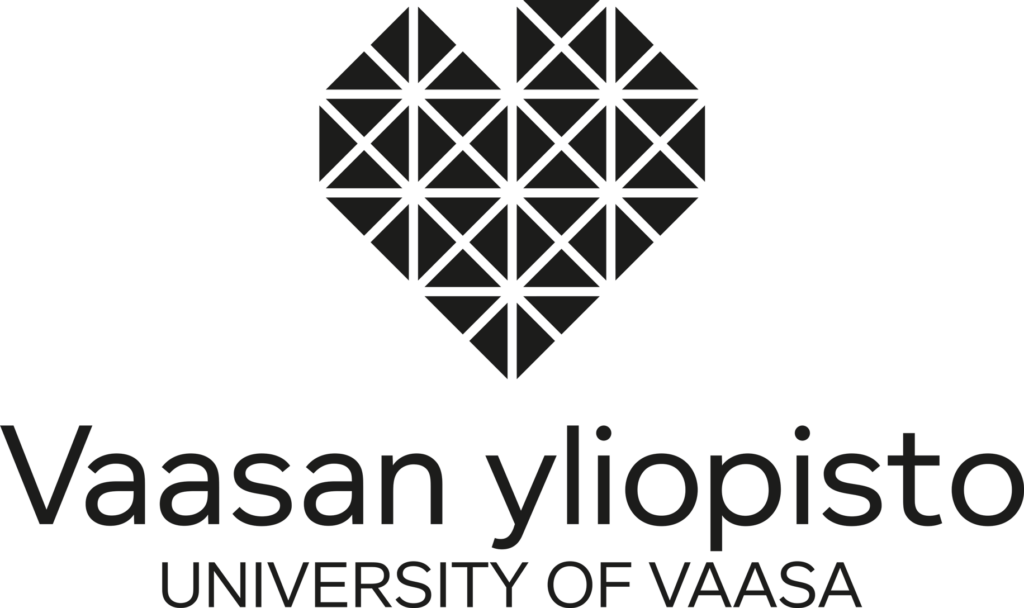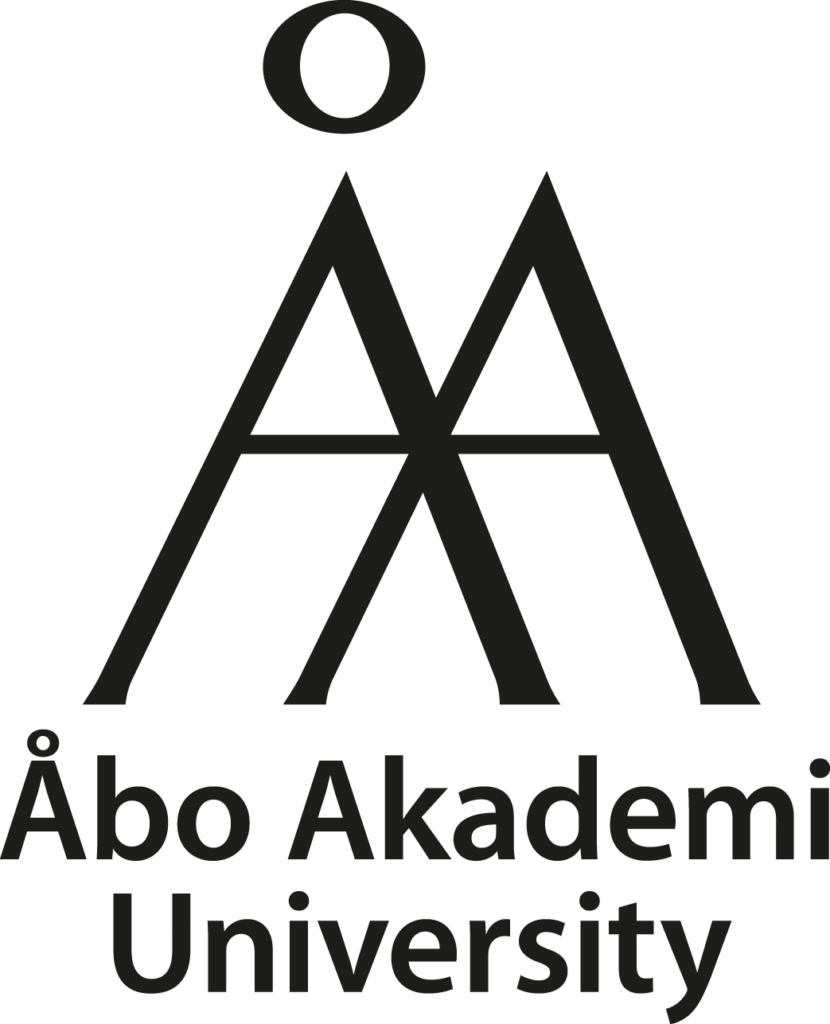Professor Päivi Törmä in the Engineer: Scientific silos are holding back collaboration and breakthroughs
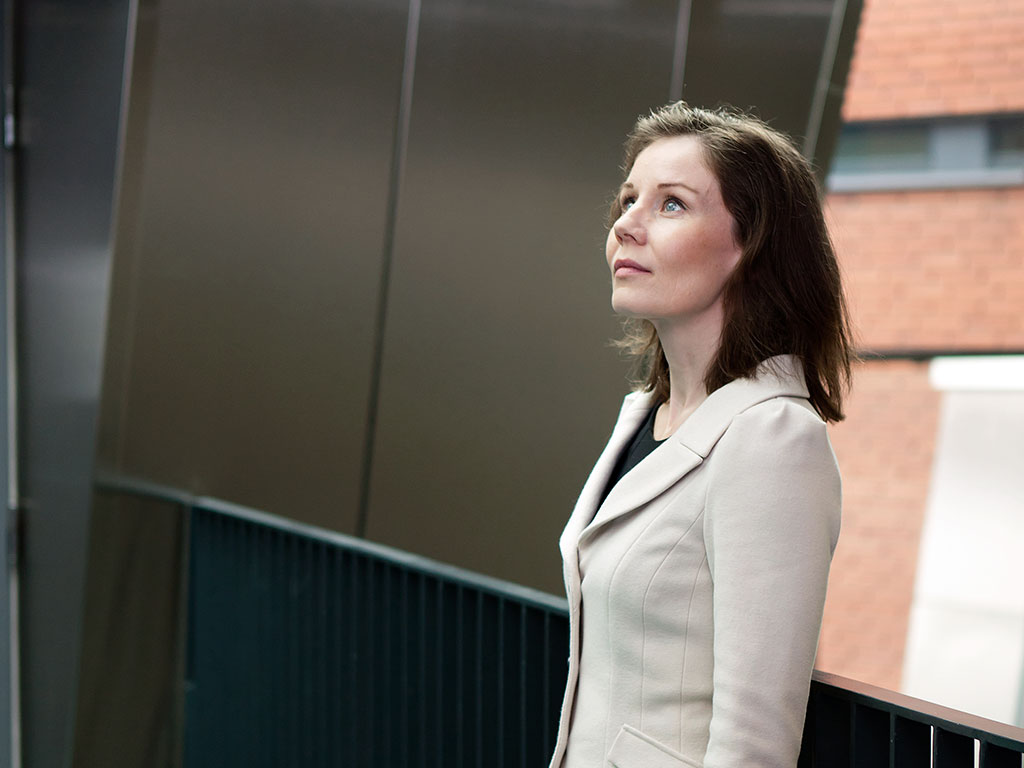
Published in the Engineer 28th November 2019
Scientific silos are holding back collaboration and breakthroughs
In order to break down the limitation bars and start rebuilding an encouraging environment, there should be a stronger collaborative relationship between the private sector and the academic world, says Päivi Törmä.
Between twenty and fourty years ago, scientific research in Europe was a hotbed of innovation with academia and the private sector collaborating effortlessly. The successful cloning of the first mammal, Dolly, by researchers at the Roslin Institute; the discovery of high-temperature superconductivity, by IBM Zurich-based academics Karl Müller and Georg Bednorz; and the advance of quantized conductance, in two-dimensional electron gas, by a team of Delft University of Technology and Philips researchers, derived from engagement, and risk-taking, with the support of private enterprise.
Yet, fast forward to today, and the situation is markedly different. Now, our academic institutions and the private sector are, almost exclusively, separate entities when it comes to research. This means some of the world’s most brilliant minds now work in relative isolation and the result is a slew of new findings as limited as the labs that produced them.
To make the advances our era requires, we need to break out of these scientific silos. We need more collaboration, forward thinking, and a global perspective.
The Bell Labs model may be the most famous example of collaborative innovation. In this model, scientists are entrusted with the time, resources, and funding they needed to create new technologies. Ground-breaking innovations including the transistor, cellular telephone technology, orbiting communications satellites that played a key role in making the US first in the space race, and the first binary digital computer are just some of the technologies that originated at Bell Labs. Bell researchers worked in close physical proximity to one another. In the lab, by the water cooler and over coffee, scientists trade expertise and solve problems. With their shared environments, and with funding that makes long-term experimentation possible, the scientists at Bell Labs were able to innovate in ways that may, once, have seemed fanciful. Their resulting technological breakthroughs have included transistors, and development of lasers and photovoltaic cells.
The model, which is also utilized by the likes of IBM and Philips, lays out a blueprint that we, should, perhaps, begin to look to if we’re serious about engaging and making advances in the most pressing areas of science and technology.
The culture of our academia, of short-term funding for short-term projects, is not conducive to progression. And our interpretation of success continues to be judged by flawed metrics, such as the number of papers a researcher has published in prestigious academic journals. It’s a system that drives researchers away from long-term study, and towards immediate revenue streams – and ultimately, it’s one that only permits experimentation within the bounds of professional safety.
With funding that focuses on the long term, more researchers would be able to take risks, exploring unforeseen findings and learning from dead ends. Long-term funding can take multiple forms, including grants with distant time horizons, and private sector research labs that allow free experimentation. There’s also the possibility of public-private partnerships. The private sector has the capital required to fund exhaustive single-issue researches, such as the quantum computing projects by Google, IBM and Microsoft, but a lack of engagement, and an inherent reticence in academia, is holding us back.
There’s another key element that’s missing from the current scientific landscape: international collaboration. In the mid-twentieth century, the space race created unprecedented global momentum, powerful enough to land Apollo 11 on the moon. But after this advancement was complete, the strong international investment that enabled it petered out. We therefore need to explore, and facilitate, ways of engaging and bringing together different groups, so we can collaboratively tackle our shared challenges.
The current system forces our scientists into increasingly cramped spaces. Imagine, for a moment, that a researcher at a university in London has just hit a major impasse in their project. They’re unlikely to know that a fellow researcher, with maybe the answer they need, is working in the private sector in Zurich. The opportunity cost from our bordered science community, in situations like this, is incalculable.
One solution to this layered disconnect lies in a new slate of international prizes to engage a global audience and incentivize scientific risk-taking. With more awards, ideas and projects from around the world could receive recognition and resources. Prizes could also spark collaboration, bringing innovative people together and forming communities that are more likely to make the big scientific breakthroughs that will change the world.
Science should be a collaborative industry – and only by bringing the private sector and academic silos together can we truly realise our potential.
Päivi Törmä is Academy Professor of Physics at Aalto University, in Finland, and Chair of the International Selection Committee of the Millennium Technology Prize.




